

ASH-THROATED CRAKE Porzana albicollis
In crake terms this is a large and easy to see species, in terms of other bird groups it would be considered a small and secretive wetland inhabitant! Like many members of the rail family the species is best detected by voice, particularly during their early evening choruses. European birders may be reminded of Baillon┤s (P.pusilla) or Little Crake (P.parva) when they see this species, this being the Paraguayan representative of the same group.
Click on the images to enlarge them.
FIGURE 1 - Adult found dead lateral view, Asunciˇn, Departamento Central (Alberto Esquivel January 2008).
FIGURE 2 - Same individual (Alberto Esquivel January 2008).
FIGURE 3 - Same individual head detail (Alberto Esquivel January 2008).
FIGURE 4 - Same individual upperwing (Alberto Esquivel January 2008).
FIGURE 5 - Same individual underwing (Alberto Esquivel January 2008).
FIGURE 6 - Adult, Estancia Laguna Blanca, Departamento San Pedro (Paul Smith December 2009).
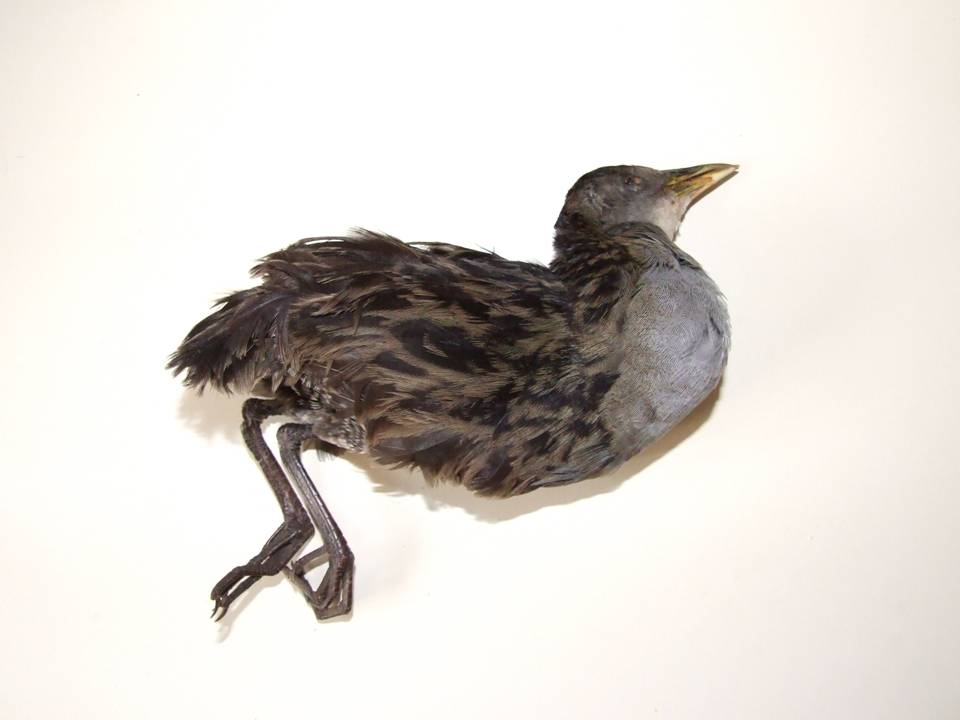 | FIGURE 1 |
|
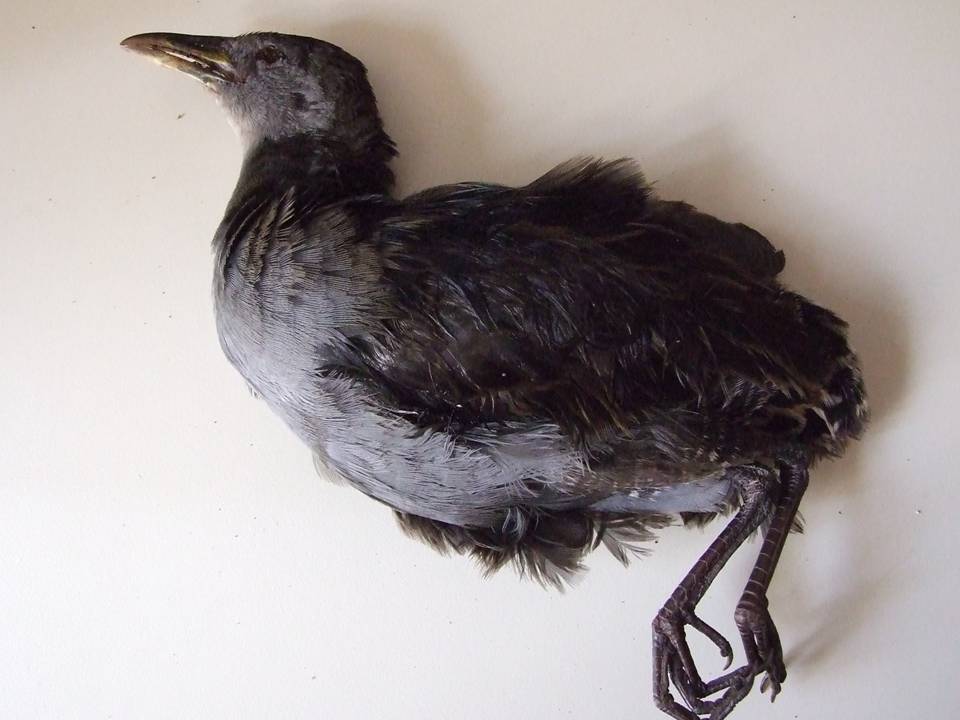 | FIGURE 2 |
|
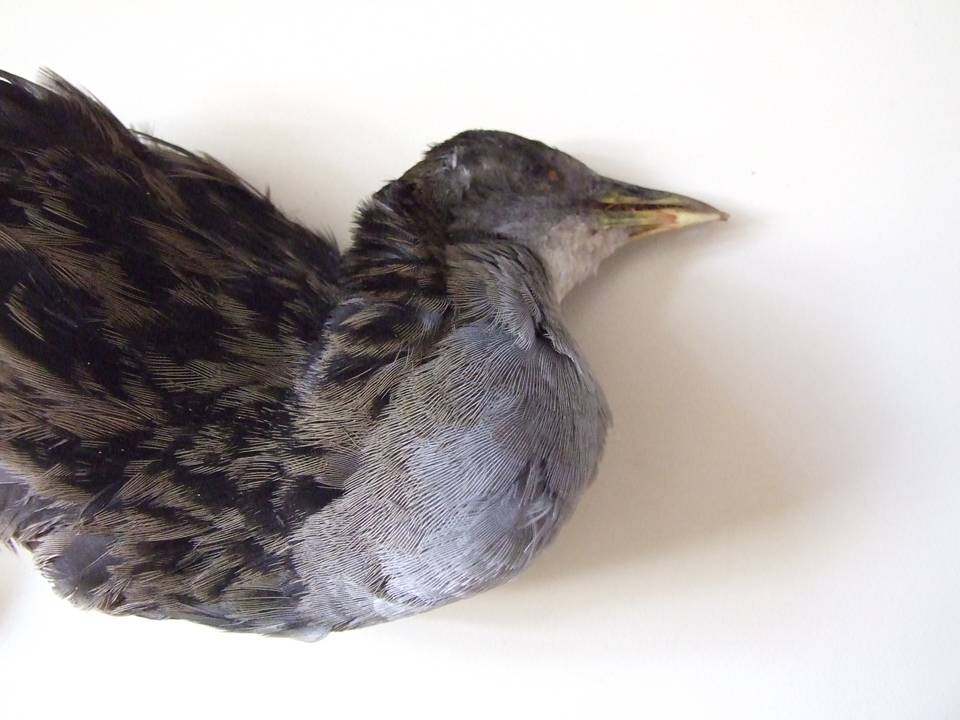 | FIGURE 3 |
|
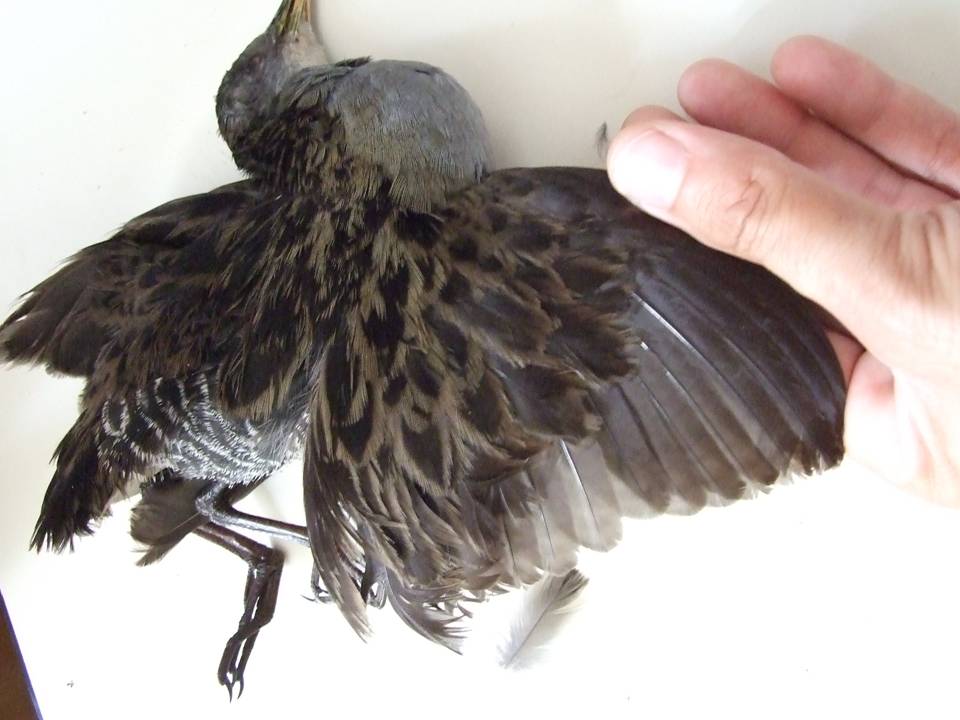 | FIGURE 4 |
|
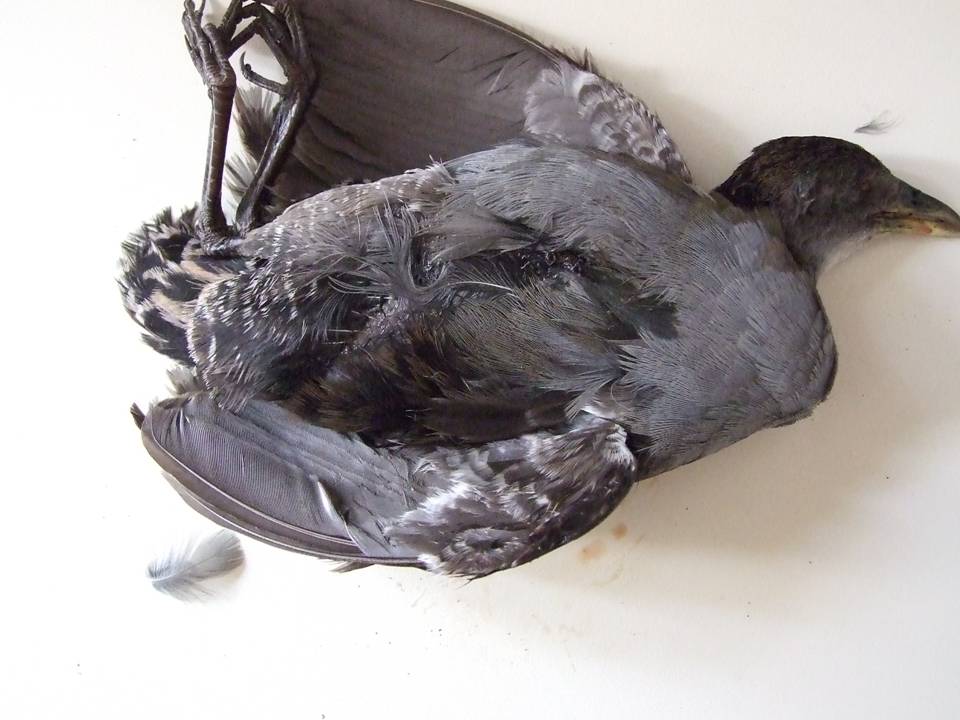 | FIGURE 5 |
|
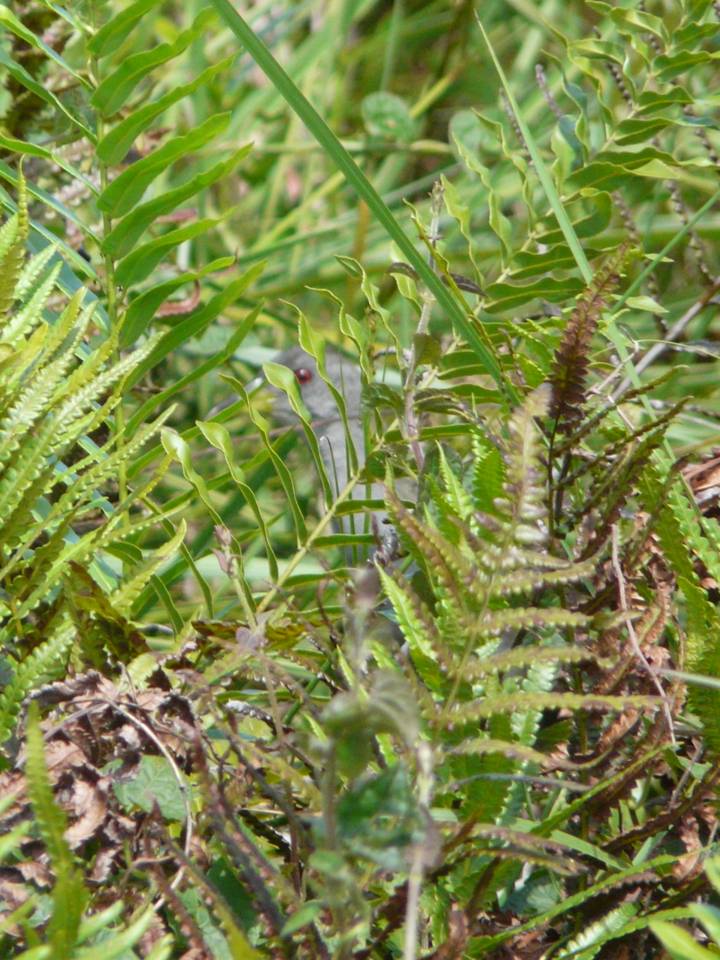 | FIGURE 6 |
|
Designed by Paul Smith 2006. This website is copyrighted by law.
Material contained herewith may not be used without the prior written permission of FAUNA Paraguay.
Material on this page was provided by Paul Smith, Juan Mazar Barnett and Alberto Esquivel and is used with their permission.
Porzana albicollis
1 Calls at dusk recorded Aguara-Đu, Mbaracay˙ Biosphere Reserve, Departamento Canindey˙ (Juan Mazar Barnett October 1997).
2 Duet recorded Aguara-Đu, Mbaracay˙ Biosphere Reserve, Departamento Canindey˙ (Juan Mazar Barnett November 1997).
3 Response to playback recorded Estancia Laguna Blanca, Departamento San Pedro (Paul Smith December 2009).
Click the links to hear the calls. Longer versions of this call can be downloaded from the Paraguay page of our partner website Xeno-Canto - the largest collection of freely downloadable Neotropical bird calls available online.

